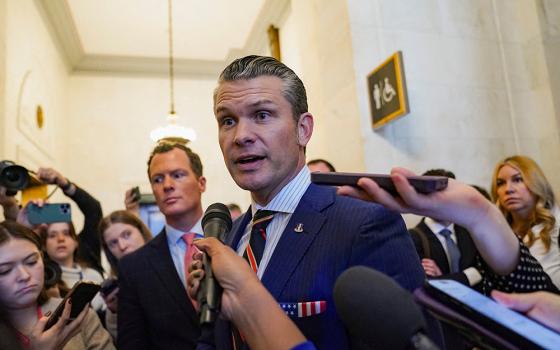As you might know, the United States sadly is the world's leader in incarceration with 2.3 million people currently in the nation's prisons or jails. Think of that number for a few seconds before continuing.
This is a 500 percent increase in the past thirty years, according to the advocacy group, The Sentencing Project, a national organization that works for a more fair and effective criminal justice system.
These long term trends have resulted in prison overcrowding with state governments being overwhelmed by the burden of funding for this expanding penal system.
But wait.
A
During 2010, Bureau of Justice statistics, the report noted, shows the first decline in the overall state prison population since 1977 with prison population declines found in 24 states during 2009. In 2011, at least thirteen states closed prison institutions or are contemplating doing so, the report went on.
Since 2002, Michigan has led the nation in this regard. The state has closed 21 facilities, including prison camps, as a result of sentencing and parole reforms. Overall, the state has reduced capacity by over 12,000 beds for a total cost savings of $339 million.
Other states, including New Jersey and Kansas, have also closed prisons in recent years amid changes in sentencing policy and parole decision making that have resulted in a decline in state prison populations. Maryland also reduced prison capacity when it closed the Maryland House of Corrections in 2007 by transferring 850 prisoners to other prisons.




